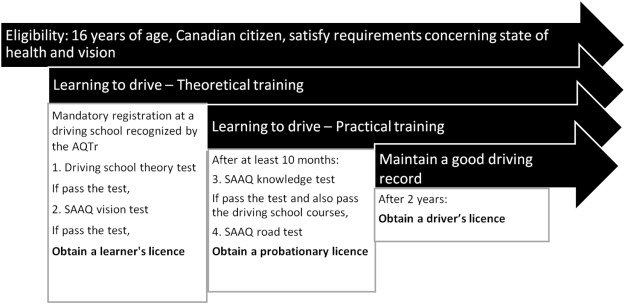Elsevier, One Earth, Volume 2, 20 March 2020
The planetary boundaries framework proposes quantified guardrails to human modification of global environmental processes that regulate the stability of the planet and has been considered in sustainability science, governance, and corporate management. However, the planetary boundary for human freshwater use has been critiqued as a singular measure that does not reflect all types of human interference with the complex global water cycle and Earth System.
Elsevier, Ageing Research Reviews, Volume 58, March 2020
Chronological age is a commonly-used time metric, but there may be more relevant time measures in older adulthood. This paper reviews change point modeling, a type of analysis increasingly common in cognitive aging research but with limited application in applied research. Here, we propose a new application of such models for cognitive training studies.
Elsevier, Trends in Food Science and Technology, Volume 97, March 2020
Background: Cultured meat has emerged as a breakthrough technology for the global food industry, which was considered as a potential solution to mitigate serious environmental, sustainability, global public health, and animal welfare concerns in the near future. Although there is promise that cultured meat can supplement or even replace conventional meat, many challenges still need to be resolved in the early stages.
Elsevier, One Earth, Volume 2, 20 March 2020
Food exchange between human populations can mitigate the risk arising from variable food production. Networks of exchange vary according to context but tend to fall into a relatively small number of qualitatively different types, including altruism, reciprocity, and resource pooling. This apparent canalization raises the question of whether specific networks of food exchange exhibit features that allow them to persist in the longer term, and we address this question by using a model of food exchange among multiple populations.
Elsevier, Scientific African, Volume 7, March 2020
Persons with disabilities form a significant proportion of the global population, majority of which are women. The United Nations Convention guarantees persons with disabilities equal rights to reproduction and healthcare access. Similarly, the Sustainable Development Goal 3 targets improvement of the health and well-being of individuals including persons with disabilities. However, women with disabilities have not been given close attention, particularly in developing countries.
Elsevier, Transportation Research Interdisciplinary Perspectives, Volume 4, March 2020
Introduction: Driving is an important activity for the social participation of young people with physical and cognitive disabilities. Learning to drive, however, presents difficulties for this population. Innovative services have been developed in the province of Québec, Canada, but the extent to which they are evidence-based is not known nor are optimal parameters for learning to drive.
Elsevier, EClinicalMedicine, Volume 20, March 2020
Background: Sexual harassment of women in academic medicine may impede advancement and productivity. This study analyzes the longitudinal effects of sexual harassment on academic advancement and productivity among women. Methods: We undertook a longitudinal analysis to predict effects of sexual harassment reported in 1995 on career outcomes measured in 2012–13, among a sample of women in academic medicine (N = 1273) recruited from 24 U.S. medical schools.
Elsevier, Journal of Transport and Health, Volume 16, March 2020
Introduction: People with intellectual and developmental disabilities (IDD) including Autism Spectrum Disorders (ASD) often face serious transportation challenges that impede healthcare access, community participation, and employment opportunities. Travel training, which makes use of one-on-one instruction, may help people with IDD overcome transportation barriers. The purpose of this study was to examine the impact of a comprehensive travel training program on the travel skills of individuals with IDD.
Elsevier, Biomedical Signal Processing and Control, Volume 57, March 2020
Clinical assessment of speech abnormalities in Cerebellar Ataxia (CA) is subjective and prone to intra- and inter-clinician inconsistencies. This paper presents an automated objective method based on a single syllable repetition task to detect and quantify speech-timing anomalies in ataxic speech. Such a technique is non-invasive, reliable, fast, cost-effective and can be used in the comfort of home without any professional assistance.

